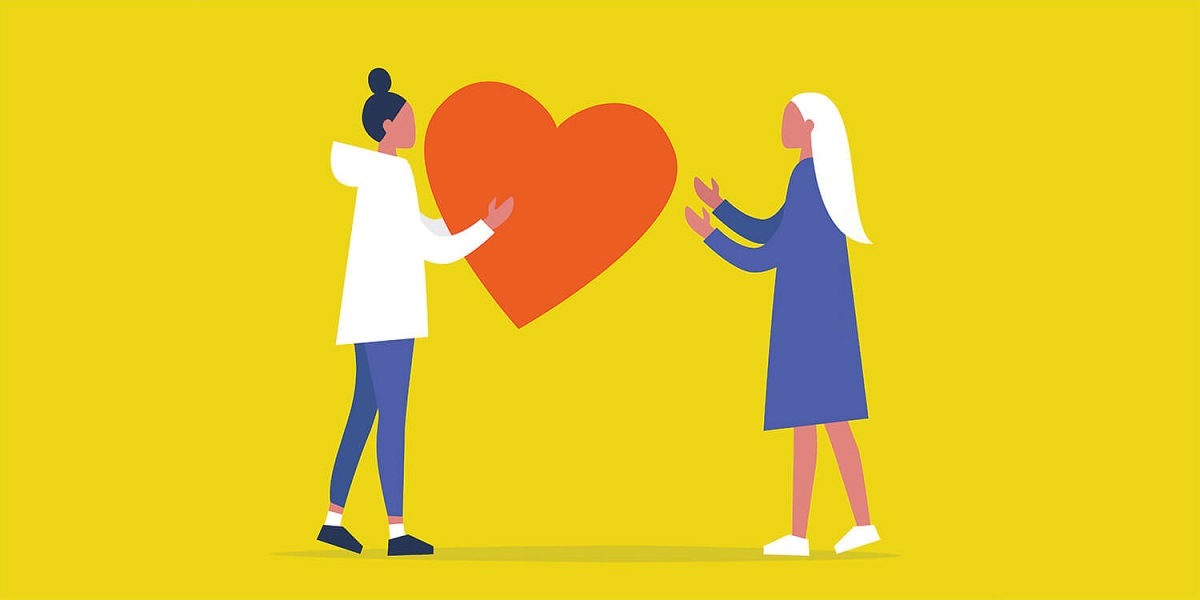By: Kaitria Humbard, Account Director
It’s officially been a few months since COVID-19 significantly impacted the world. In this time, we have seen brands take unprecedented action to support their customers, uplift front-line workers, protect their employees, and use their multi-million-dollar platforms to give back to the nation and the world.
Along with these efforts, most have communicated that they’ll be with us not only during, but after this pandemic. And that begs the question: How?
Crisis has exposed the ability of brands and corporations to do more than they have in the past, setting a new bar for consumer expectations—a much higher bar. Although this bar was established under a significant set of circumstances, context does not matter to a millennial generation that has always expected empathy from brands and corporations.
Millennials represent the largest generation in the adult population; twice as many as Boomers and 25 percent more than Gen X. Their values are redefining existing culture and inventing the new norm.
Crisis has exposed the ability of brands and corporations to do more than they have in the past, setting a new bar for consumer expectations—a much higher bar. Although this bar was established under a significant set of circumstances, context does not matter to a millennial generation that has always expected empathy from brands and corporations.
Millennials represent the largest generation in the adult population; twice as many as Boomers and 25 percent more than Gen X. Their values are redefining existing culture and inventing the new norm.
An independent study by Capgemini found 75 percent of brands audited believed they were consumer-centric, but only 30 percent of their consumers agreed. Better known as an “empathy deficit,” this lack in consumer connection was estimated to cause an average of $300M in lost revenue every year for said brands.
Among the many revelations this pandemic has provided, one is how significant meaningful consumer empathy can be not only for an entire generation, but for the world.
On a recent webinar, Gurdeep Dhillon, Global Head of Commercial Marketing for Adobe Digital Experience, explained that brand actions are either bucket-dipping, sharing why the brand is great, or bucket-filling, delivering what consumers actually need. Leading with empathy means getting to know your consumer and “filling their bucket.” Ask your consumer, “What do you need?” in order to provide compassionate and real-time solutions versus simply pushing your brand’s existing product message.
Will millennials simply stand by and allow companies to go back to pre-pandemic ways of working? Unlikely.
Consider this: As a brand or corporation, are your pandemic actions truly irrelevant when the threat subsides?
Will grocers and large retailers stop offering that sacred, early hour for elderly folks to complete their shopping in a safer and less cluttered environment? This fragile segment of the population was more susceptible to illness before COVID-19 arrived, and they will continue to be. Is there any context in which these earlier and safer hours are any less necessary?
Some large corporations have “temporarily” increased employee’s hourly wages. What kind of message does that send if salaries drop as things turn back to “normal?” Will Ford, GE and 3M shift back to old ways and stop collaborating to provide necessary and needed medical equipment? Why would they?
As we look to these examples of how brands have adapted during this pandemic, we have to understand that outside of it there are still many more societal issues impacting consumers daily that need generous and compassionate solutions. How can a brand or corporation tackle these needs and expectations moving forward?
The ultimate key to success? Consistent consumer empathy.
Now, it’s not a secret that the actions brands take now will define their brand for the future. It’s important to clearly articulate the why behind those actions and use this purpose, whether new or existing, to define post-pandemic actions of empathy.
Don’t just talk about it, be about it. Ask yourself—are you bucket dipping, or are you bucket filling.
Those that go back to the status-quo will be misguided and tone-deaf as the world adapts to refreshed values of community and duty. By embracing authentic empathy, as expressed during the pandemic, brands can truly move forward after the pandemic—together.










